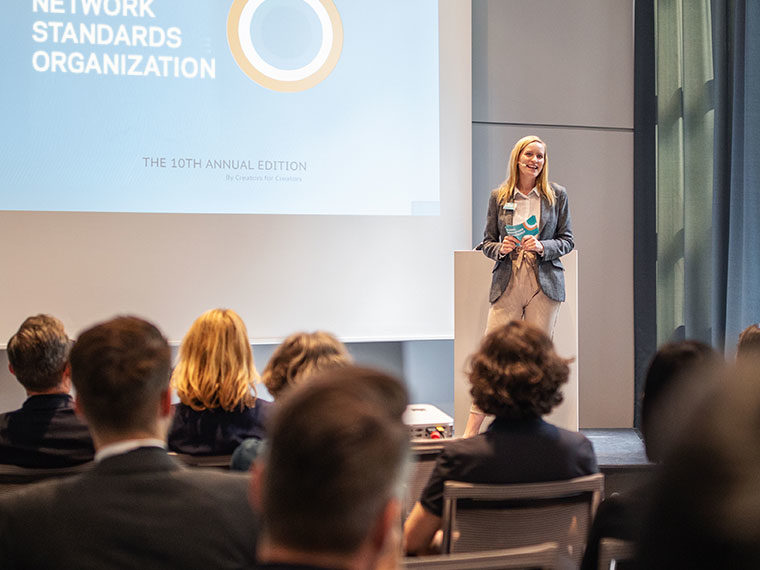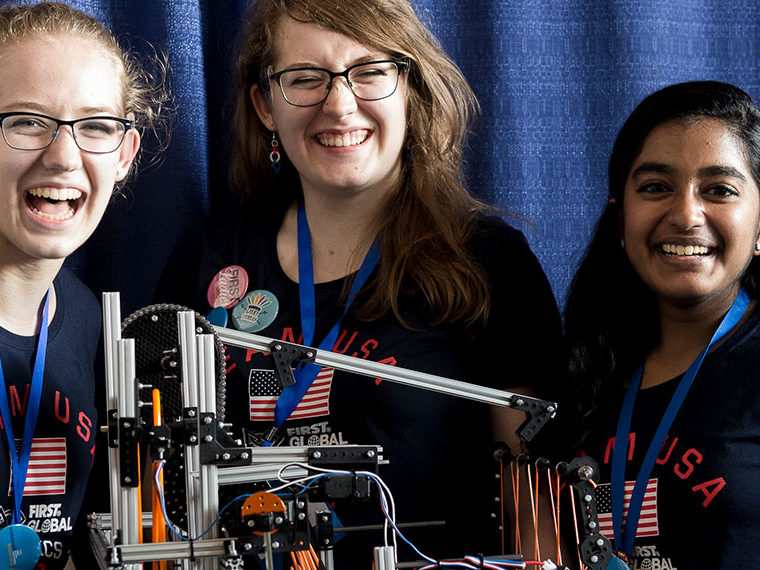Does it come down to poor valuations or poor strategy?
Many of us have been there — we participate in an auction and experience the initial joy of outbidding the competition only to realize shortly after that we probably paid too much. In economics, bidding in excess of an item’s actual worth is called the winner’s curse. It’s a close cousin to buyer’s remorse.
Whether it’s an online auction or a new home, bidders are often uncertain about the appropriate value of the item up for sale, and determining the right value is a major challenge of bidding in such auctions. A specific type of auction in which the value is unknown is a common-value auction. But auctions also exist where the value is already known and it’s the probability of actually realizing that item’s value that is uncertain. An example is a junk bond where everyone knows the value that the bond will pay out at maturity, but the probability of pocketing that value is unknown because the corporation behind the bond may default.
Opt In to the Review Monthly Email Update.
An auction for artwork with a questionable provenance is another example in which the probability of realizing the value of the item is uncertain. These are called common-probability auctions because one major challenge lies in determining the right probability of a successful outcome.
In a working paper, UCLA Anderson’s Kathleen Ngangoué and NYU’s Andrew Schotter explore bidders’ behaviors using strategically equivalent auctions in which the value is unknown and in which the probability is unknown. They design several experiments that separate information about the bidders’ process into two stages — the valuation of an item and the translation of that value into a strategic bid that considers how others will bid.
The researchers’ approach — studying bidding behavior in separate stages — resulted in a surprising insight that suggests a different view of the cause of the winner’s curse; and it might encourage some of us to exercise restraint in our bidding the next time we’re caught up in the excitement of competition.
Finding Where Overbidding Occurs
Ngangoué and Schotter designed four experiments, each building on questions provoked by the outcome of the previous experiment. Their research began, though, with an experiment designed to compare bidder behavior in common-value and common-probability auctions. The results of this initial experiment suggest that bidders consistently overbid in common-value auctions. Yet in common-probability auctions, bidders come close to an optimal bid, which is represented by the Nash equilibrium — an optimal solution based on game theory.
To design the experiment, computer-simulated common-value auctions were given to 55 subjects and common-probability auctions were given to 52 subjects. Multiple auctions were run for each auction type.
In both types of auctions, prizes in the form of binary prospects (of getting a high payoff or nothing) were auctioned off. While in common-value auctions the high value of the prospect was not precisely known, the chance of getting the high value was uncertain in common-probability auctions.
For instance, in the common-value auctions, the computer chose a value that was a random number of credits and the bidders would then be given instructions that might read,
“With a probability of 60%, you’ll get a value between 30 credits and 90 credits; otherwise, you’ll get 0 credits.”
The bidders, divided into random groups of four, were also given independent cues (signals) about the uncertain high value. For example, one subject might be told,
“Your signal about the value is 71 credits and is at most 4 credits away from the selected credit value. Given your signal, the selected credit value must lie between 67 and 75 credits.”
The cues differed a bit for each of the four subjects in a group, giving each one a different piece of information about the uncertain object. If the prospect paid out 70 credits and the highest bid was 68 credits, then that bidder received a net payout of 2 credits but if the highest bid had been 73 credits, then a negative payout of -3 credits went to that bidder. Bidding in these auctions is particularly difficult because subjects never see the amounts that other informed participants bid.
The common-probability auctions were similar, but now the probability of getting a fixed payoff would be uncertain and would read along the lines of,
“With a probability between 30% and 90%, you’ll get a value of 60 credits; otherwise, you will get 0 credits.”
In these auctions, subjects would receive cues about the probability rather than about the value. Even though the object of uncertainty is different (probability instead of value), the problem of resolving the uncertainty remains similar.
As can be seen in the graphs below, common-value auction bidders (on the left) tended to significantly overbid given the overall positive difference between the median bids (solid red line) and the Nash equilibrium (dotted line). Meanwhile, those subjects bidding in the common-probability auctions tended to bid close to the Nash equilibrium and avoid the winner’s curse.
Digging Deeper
Building on the initial experiment, the researchers enrolled a new set of subjects to explore whether the difference in results between the two types of auctions came down to an actual difference in valuation given the way bidders calculated risk — as opposed to some type of strategic reasoning.
They removed the competitive element (the auction) and simply asked subjects the value they would be willing to pay given the signal they received. The results were fairly similar across the two auction types, suggesting that overbidding in common-value auctions is due to a strategic reason (competition) rather than a valuation cause. That dovetails with findings from prior research. But Ngangoué and Schotter unearth some nuances in further experiments that modify their conclusion.
The third experiment used subjects experienced in auction bidding and studied how the competitive auction environment affected their valuations, and the fourth experiment studied the interaction between bidders’ valuations and strategic adjustments for competition.
The researchers suggest that in auctions or competitive environments, bidders adjust uncertain valuations differently than they adjust uncertain probabilities. This leads to misjudgments in determining values but not in determining probabilities.
They suggest that valuations increase only when there is competition involved. This was an unexpected finding since it had previously been assumed that the overbidding had to do with poor strategic reasoning, but now it’s being suggested that faulty valuations play a role in overbidding and the ensuing winner’s curse. This insight would not have been possible without breaking the bidding process into separate stages, which enabled the researchers to see the difference in valuations contingent on competition.
Featured Faculty
-
Kathleen Ngangoué
Assistant Professor of Global Economics and Management
About the Research
Ngangoué, M. K., & Schotter, A. (2022). The Common-Probability Auction Puzzle.






